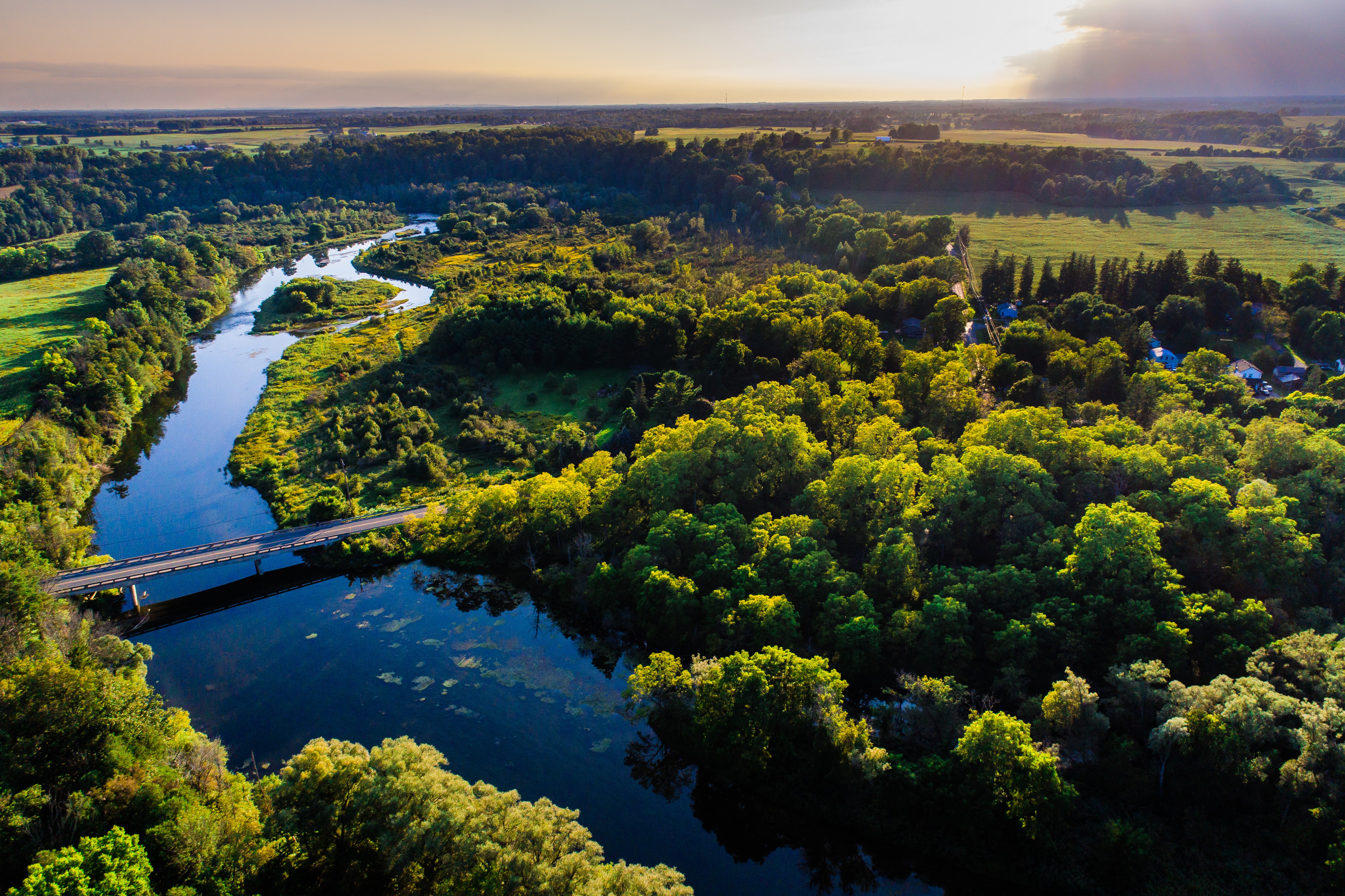OSA Nominee profile: Teresa Piraino
How mixing work with pleasure is growing stewardship
A little goes a long way. That is the message Teresa Piraino wants to share as she and her husband Scott Gillingwater restore a piece of property in Blandford-Blenheim Township back to its natural state.
“We want to show people that even with a small corner of property you can do something beneficial for the local environment – like planting native plants that attract butterflies in a small garden by your house.”
Piraino and her husband both grew up in Oxford County and have always shared and appreciation for the outdoors. Her passion led her to a career as a wildlife biologist, while Scott is also a biologist.
“Over the years we were really searching for a property that had some existing natural areas and those we could convert back. It took some time to find what fit, but when we did we took the leap,” says Gillingwater.
In 2019, they purchased their fixer-upper – a 55-acre property boasting a large forest and agricultural land. While the couple could have rented out the farmable land, they decided to create a pollinator field instead.
“We felt it was more beneficial to the local environment,” says Piraino. “We are doing something concrete – not just a check mark but something valuable to our property and all the others around us.”
Now, Piraino is using her professional expertise at home to develop a one-acre wetland as well as different micro habitats and micro climates. The couple monitors the species on the property, using the online tools inaturalist and eBird, and have recorded as many as 1,100 different species of plants and animals.
“I notice now that with high land prices there is a lot more trimming back of forest and draining of wetlands, so it’s important to me to look towards stewardship opportunities to retain these species and those at risk.”
Piraino and Gillingwater are even taking care of species many people fear, like snakes, by creating a large underground habitat for them to live in throughout the winter. Gillingwater says snakes get a bad rap, but they are really good at getting rid of rodents. They have also created vernal pools; temporary water sources where other amphibians can breed and raise their young when the swamp is too dry.
Since installing the vernal pools, they have counted seven different frogs (all, expect one that exist in Ontario), snapping turtles and a painted turtle.
“To see that draw and that difference in such a short time is so jaw dropping to us, our friends and our colleagues,” Piraino adds.
In the future, the couple hope to use their property to train environmental students and provide them an opportunity to see restoration projects in action.














